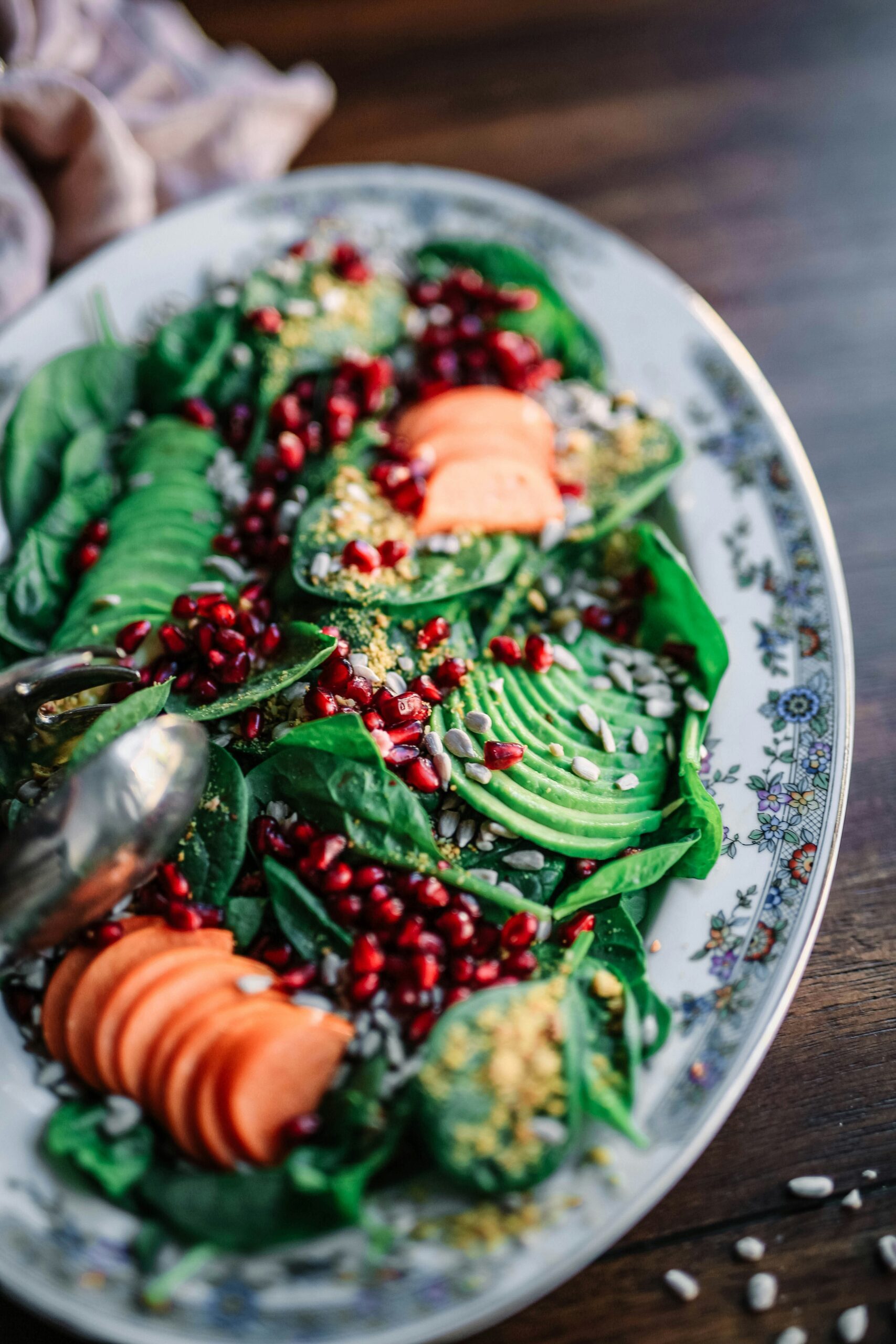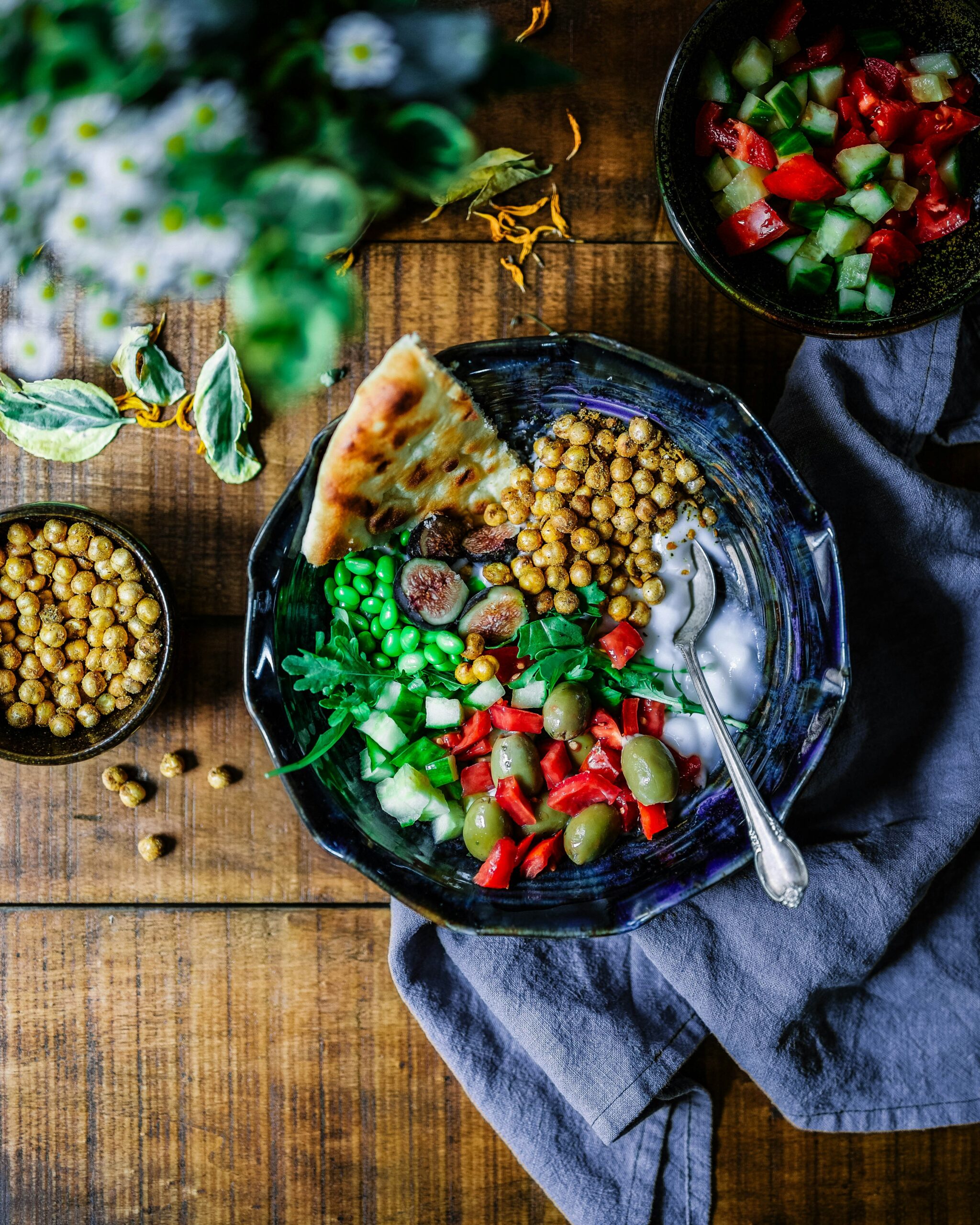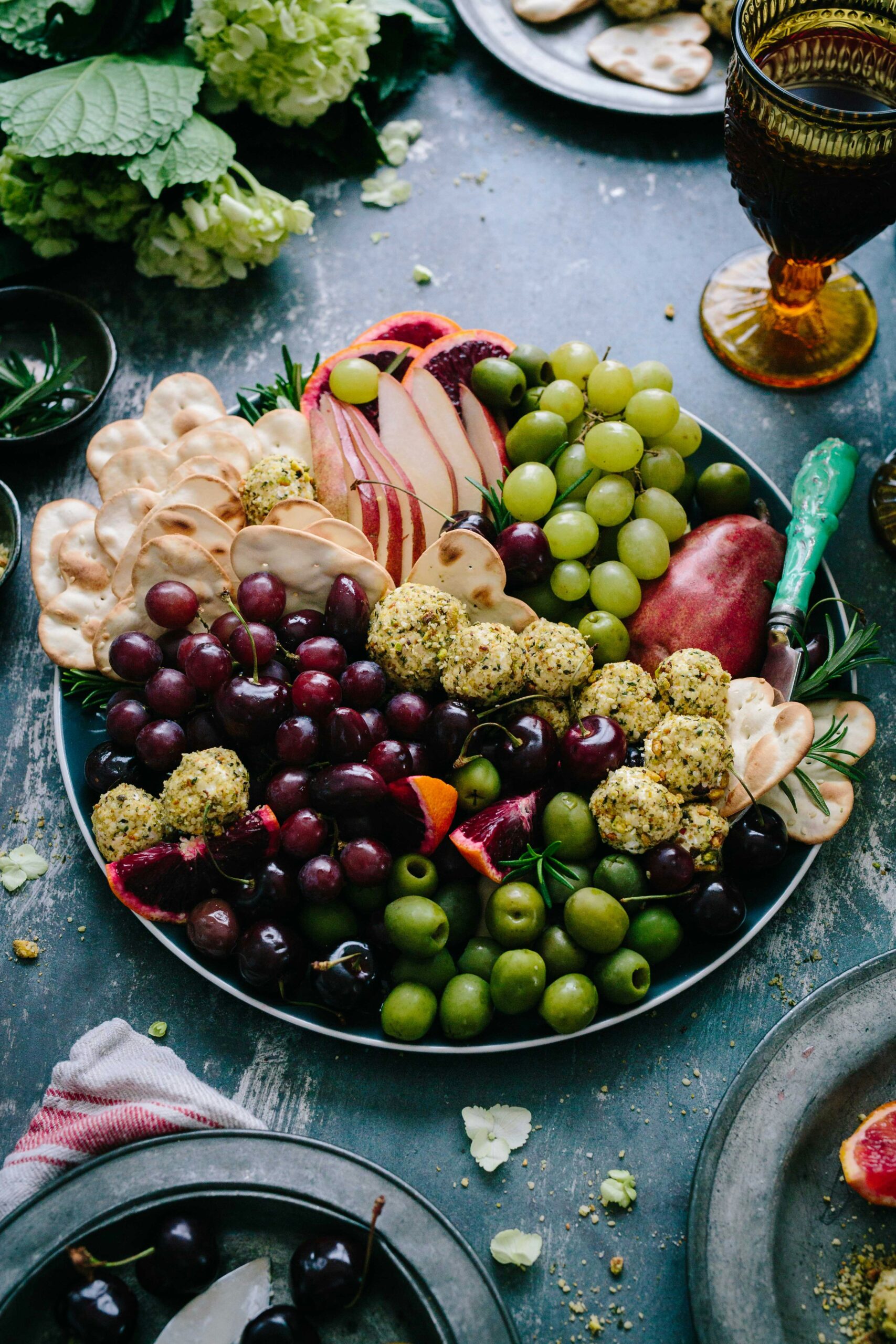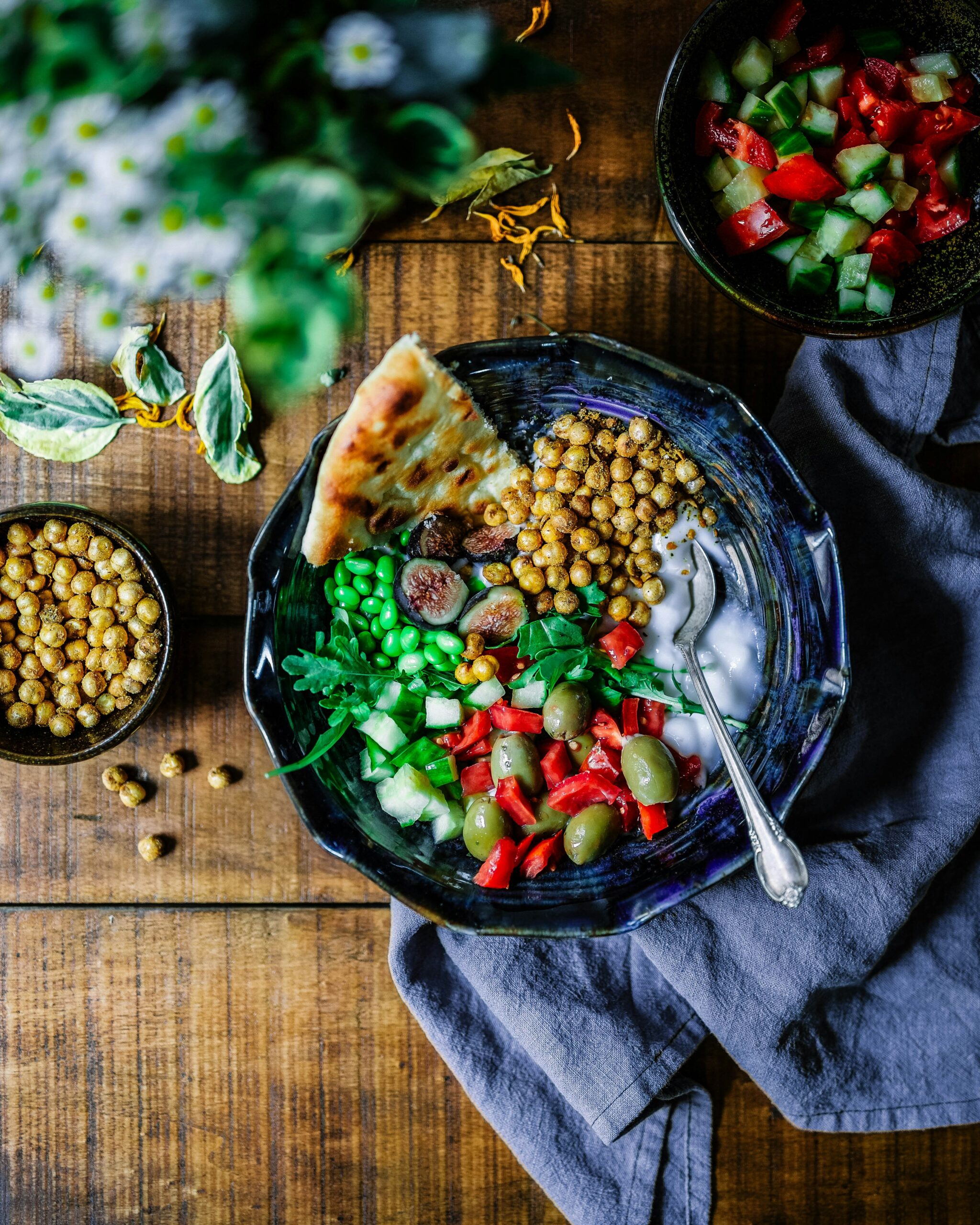Imagine a world where refrigeration is a thing of the past, where you rely solely on your own ingenuity to keep your food fresh and edible for longer. In this intriguing article, we explore the various methods and techniques that can help you preserve your food without the need for refrigeration. From curing and smoking to pickling and fermenting, you will discover a treasure trove of age-old wisdom that will not only extend the shelf life of your favorite fruits, vegetables, and meats but also infuse them with unique and delicious flavors. Get ready to embark on a culinary journey where resourcefulness and creativity come together to ensure that nothing goes to waste.
Canning
Canning is a wonderful method for preserving food without refrigeration. It involves sealing food in jars or cans and heating them to kill any potentially harmful bacteria, yeast, or molds. There are two main methods of canning: water bath canning and pressure canning.
Water Bath Canning
Water bath canning is a simple and effective method for preserving high-acid foods such as fruits, jams, jellies, and pickles. The process involves submerging the jars of food in a large pot of boiling water and processing them for a specific amount of time. This method creates a vacuum seal and ensures that the food remains safe to eat for a long period of time. Water bath canning is a great option for beginners as it requires minimal equipment and is relatively easy to learn.
Pressure Canning
Pressure canning is the recommended method for preserving low-acid foods such as vegetables, meats, and soups. Unlike water bath canning, pressure canning requires a special pressure canner. This device uses high temperatures and pressure to kill any potential bacteria and ensure that the food remains safe. Pressure canning is slightly more complex than water bath canning but is necessary for preserving certain types of foods.
Fermenting
Fermenting is a centuries-old preservation technique that not only extends the shelf life of food but also enhances its flavor and nutritional value. Fermentation occurs when beneficial bacteria or yeast break down sugars and starches in the food, creating natural preservatives such as lactic acid and alcohol. There are many types of fermented foods, but some popular options include sauerkraut, kimchi, pickles, and kombucha.

Drying
Drying is another effective method for preserving food without refrigeration. By removing moisture from the food, you inhibit the growth of bacteria, mold, and yeast, allowing it to last much longer. There are several ways to dry food: sun drying, oven drying, and dehydrator drying.
Sun Drying
Sun drying is perhaps the oldest method of food preservation. It involves spreading food out in the sun and allowing the natural heat and air circulation to slowly remove the moisture. While this method requires ample sunlight, it is free and can be done with minimal equipment.
Oven Drying
Oven drying is a great option if you don’t have access to direct sunlight or if you need to dry your food quickly. Simply spread out the food on a baking sheet and place it in a low-temperature oven. Make sure to leave the oven door slightly ajar to allow moisture to escape. It’s important to monitor the drying process closely to prevent over-drying or burning.
Dehydrator Drying
Using an electric dehydrator is a convenient and efficient way to dry food. Dehydrators have adjustable temperature settings and air circulation fans that ensure even drying. Simply slice your food into small pieces, arrange them on the dehydrator trays, and set the temperature and timer according to the type of food you’re drying. Dehydrators are especially useful for preserving herbs, fruits, vegetables, and even making homemade beef jerky.
Smoking
Smoking is not only a method for cooking and adding flavor to food but also an incredible preservation technique. The process involves exposing the food to smoke from burning wood, which not only imparts a rich smoky flavor but also acts as a natural preservative. There are two types of smoking: cold smoking and hot smoking.
Cold Smoking
Cold smoking is a method that adds flavor and enhances the preservation of food without cooking it. It typically involves exposing the food to smoke at temperatures below 85°F (29°C) for an extended period. Cold smoking is ideal for items like fish, cheese, salami, and even nuts. However, it’s important to note that cold smoking alone may not be sufficient to fully preserve perishable foods, so additional preservation methods should be used alongside it.
Hot Smoking
Hot smoking is a method that both cooks and preserves the food. It involves smoking the food at temperatures between 165°F (74°C) and 185°F (85°C), which effectively kills bacteria and other microorganisms while imparting a delicious smoky flavor. Hot smoking is perfect for items like brisket, ribs, chicken, and even vegetables. The resulting smoked food can be enjoyed immediately or stored for a short time without refrigeration.

Salting
Salting is one of the oldest and simplest methods of food preservation. Salt acts as a natural preservative by drawing out moisture from the food, thus inhibiting the growth of bacteria and other spoilage organisms. There are two common methods of salting: dry salting and brine salting.
Dry Salting
Dry salting involves covering the food completely with salt, creating a dry and salty environment. This method is often used for preserving meat, fish, and some fruits and vegetables. It’s important to ensure that the salt is evenly distributed and that all parts of the food are well covered. After salting, the food can be stored at room temperature as long as it remains dry.
Brine Salting
Brine salting involves immersing the food in a saltwater solution, called a brine. The saltwater creates an inhospitable environment for bacteria, preserving the food. This method is commonly used for preserving olives, cucumbers (for pickling), and certain meats. After being soaked in the brine, the food can be stored in a cool and dark place.
Pickling
Pickling is a preservation method that involves fermenting or preserving food in a solution made of vinegar or another acidic liquid. There are two popular methods of pickling: vinegar pickling and fermented pickling.
Vinegar Pickling
Vinegar pickling is a quick and efficient method of preserving fruits and vegetables. It involves immersing the produce in a solution of vinegar, water, sugar, and spices or herbs. Vinegar acts as a natural preservative, while the spices and herbs add flavor. The pickled food can be stored in a cool and dark place for an extended period.
Fermented Pickling
Fermented pickling is a traditional preservation method that not only preserves the food but also introduces probiotics and enhances its flavor. This method involves submerging the food in a brine solution and allowing the natural fermentation process to take place. The brine produces lactic acid, which acts as a preservative and gives the pickled food its characteristic tangy flavor. Fermented pickles and sauerkraut are popular examples of this technique.

Oil Preservation
Preserving food in oil provides both a unique flavor and an effective preservation technique. The oil creates a barrier that seals out oxygen, preventing the growth of bacteria and other microorganisms. There are two common methods of oil preservation: infused oils and oil packing.
Infused Oils
Infused oils involve steeping herbs, spices, or other aromatics in oil, allowing their flavors to infuse into the oil. This method not only enhances the taste of the oil but also preserves the infused ingredients. The infused oil can be used to preserve other foods, such as sun-dried tomatoes or garlic cloves. It’s important to note that infused oils should be stored in the refrigerator to prevent the growth of botulism-causing bacteria.
Oil Packing
Oil packing is a method commonly used for preserving delicate perishable foods, such as fish or cheese. It involves completely submerging the food in oil, creating an oxygen-free environment. The oil acts as both a preservative and a flavor enhancer, making the packed food delicious and long-lasting. It’s crucial to ensure that the food is completely covered in oil and that the containers used for packing are thoroughly sterilized and airtight.
Sugar Conservation
Sugar has long been used for preserving fruits and other foods. Its ability to draw out moisture and create an inhospitable environment for bacteria makes it an effective method of preservation. There are two popular sugar preservation techniques: making jams and jellies and candying.
Jams and Jellies
Making jams and jellies involves cooking fruit with sugar to create a thick, spreadable consistency. The high sugar concentration acts as a preservative by inhibiting the growth of bacteria and yeast. The fruit is typically boiled and combined with sugar and pectin, a natural gelling agent. The mixture is then sealed in containers and stored in a cool and dark place. Jams and jellies are not only delicious but also a great way to preserve the flavors of seasonal fruits for extended periods.
Candying
Candying is a technique commonly used to preserve fruits, nuts, and even flowers by coating them in a sugar syrup or preserving them in sugar. The sugar syrup prevents the growth of mold and bacteria while also creating a sweet and long-lasting treat. The candied food can be enjoyed on its own, used as garnishes for desserts, or incorporated into various recipes.
Root Cellars
Root cellars are an age-old method of preserving food in a cool and humid environment. These traditional storage spaces utilize the natural insulation of the earth to keep the temperature and humidity levels stable, thus extending the shelf life of fruits, vegetables, and other perishables.
Creating an Ideal Environment
To create an ideal root cellar, it’s important to choose a location that is cool, dark, and well-ventilated. The temperature should ideally be between 32°F (0°C) and 40°F (4°C), and the humidity level should be around 85-95%. Insulating the walls and using ventilation techniques, such as installing vents or using fans, can help regulate temperature and airflow.
Storing Produce in a Root Cellar
When storing produce in a root cellar, it’s essential to check for any signs of rot or damage and remove any affected items to prevent the spread of spoilage. Fruits, vegetables, and root crops should be stored in containers or baskets to allow for airflow and prevent them from touching the ground. Some commonly stored items in root cellars include potatoes, carrots, apples, onions, and winter squash.
Traditional Storage Techniques
Before modern preservation methods were available, people relied on traditional storage techniques to keep their food fresh for long periods without refrigeration. Some of these techniques involve using sand, burial, and clay pots.
Using Sand
One traditional method of storing root vegetables, such as carrots and beets, is burying them in sand. The sand acts as an insulator and helps maintain a consistent temperature and humidity level. The vegetables are placed in layers within a box or container, with sand completely covering each layer. This technique prevents the vegetables from drying out and provides protection against temperature fluctuations.
Burial
Burial is another method of preserving certain foods, such as cabbage or winter squashes. The produce is buried in a pit or trench, ensuring that they are completely covered with soil. The soil helps regulate temperature and humidity, effectively preserving the buried food. It’s important to choose a burial site that is well-drained and free from flooding to prevent spoilage.
Clay Pots
Clay pots have been used for centuries to store food and keep it fresh. The porous nature of the clay allows for airflow and regulates humidity levels inside the pots. Fruits, vegetables, and even grains can be stored in clay pots, which are then covered or sealed with a lid. Clay pot storage is particularly effective in dry climates, as the evaporation of moisture from the pores helps cool the contents inside.
Vacuum Sealing
Vacuum sealing is a modern preservation technique that removes air from food packaging to create a vacuum, significantly slowing down spoilage and preventing the growth of bacteria. The process involves using a vacuum sealer machine and specially designed bags or containers. Vacuum-sealed food can be stored at room temperature, but for optimal shelf life, it is recommended to store it in a cool, dark place.
Equipment Required
To vacuum seal food, you will need a vacuum sealer machine, which can be either handheld or countertop. You will also need vacuum-sealable bags or canisters specifically designed for the machine. These bags or containers must be able to withstand the vacuum process without leaking.
Techniques for Vacuum Sealing
To vacuum seal food, first, determine the appropriate portion size and place the food in a vacuum-sealable bag or container. Ensure that the opening of the bag or container is clean and free from any food particles or liquids. Insert the open end of the bag or container into the vacuum sealer machine and activate the vacuum sealing process. The machine will remove the air, creating a tight seal around the food. Once sealed, the food can be stored at room temperature or refrigerated depending on the type of food and desired shelf life.
In conclusion, there are numerous effective ways to preserve food without refrigeration. Whether you choose canning, fermenting, drying, smoking, salting, pickling, oil preservation, sugar conservation, utilizing root cellars, relying on traditional storage techniques, or vacuum sealing, each method provides a unique way to extend the shelf life of food while retaining its flavor and nutritional value. So, next time you have an abundance of fresh produce or want to stock up on essential items, explore these preservation techniques and enjoy delicious, long-lasting food without the need for refrigeration.

